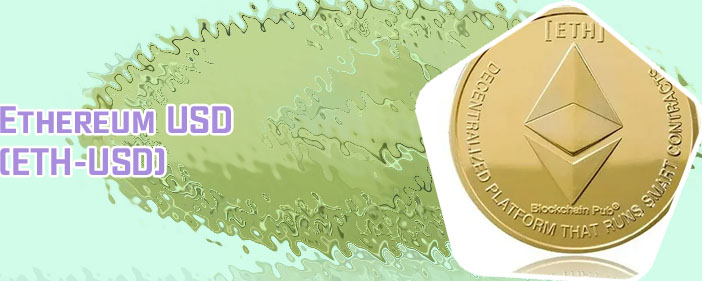Cryptocurrency enthusiasts are always on the lookout for the next big thing, and one of the coins that has been gaining attention is Eth coin. To help readers better understand this digital asset, we have compiled a list of 4 articles that delve into various aspects of Eth coin. From its origins and technology to its potential for growth and impact on the market, these articles provide valuable insights for anyone interested in learning more about Eth coin.
The History and Evolution of Eth Coin
Ethereum (ETH) has emerged as one of the leading cryptocurrencies in the world, second only to Bitcoin in terms of market capitalization and popularity. Launched in 2015 by Vitalik Buterin, Ethereum was designed as a decentralized platform that enables smart contracts and decentralized applications (dApps) to be built and run without any downtime, fraud, control, or interference from a third party.
-
The Birth of Ethereum: Ethereum was proposed by Vitalik Buterin in late 2013 and the development began in early 2014, with the network going live on July 30, 2015. It quickly gained traction due to its innovative approach to blockchain technology.
-
The DAO Hack: In 2016, Ethereum faced its first major setback when a decentralized autonomous organization (DAO) built on the platform was hacked, resulting in the theft of over million worth of Ether. This event led to a controversial hard fork that split the Ethereum blockchain into two, creating Ethereum (ETH) and Ethereum Classic (ETC).
-
The Rise of DeFi: Ethereum has become the foundation for the booming decentralized finance (DeFi) ecosystem, allowing users to access a wide range of financial services without the need for traditional banks or intermediaries. This
Understanding the Technology Behind Eth Coin
Ethereum, the second-largest cryptocurrency by market capitalization, has gained immense popularity in recent years due to its innovative technology and wide range of use cases. Understanding the technology behind ETH coin is crucial for investors and enthusiasts alike to grasp the full potential of this groundbreaking blockchain platform.
At the heart of Ethereum is the concept of smart contracts, self-executing contracts with the terms of the agreement directly written into code. This feature allows for decentralized applications (dApps) to be built on the Ethereum network, enabling a whole new level of automation and trustless transactions. Vitalik Buterin, the co-founder of Ethereum, played a pivotal role in developing this technology, revolutionizing the way we think about digital contracts.
One of the key components of Ethereum is its virtual machine, the Ethereum Virtual Machine (EVM), which executes smart contracts on the network. This decentralized computing environment is what sets Ethereum apart from other blockchains, allowing for complex computations to be carried out securely and efficiently.
Another important aspect of Ethereum is its consensus mechanism, transitioning from proof of work (PoW) to proof of stake (PoS) with the upcoming Ethereum 2.0 upgrade. This shift promises to improve scalability, security, and energy efficiency of the network, making it more sustainable in the
Predictions for the Future of Eth Coin
As a leading cryptocurrency in the market, Ethereum (ETH) has garnered significant attention from investors and experts alike. With its innovative blockchain technology and smart contract capabilities, ETH has the potential to revolutionize various industries in the future.
One of the key factors that could drive the future success of ETH is its scalability solutions. As the network continues to grow and attract more users, scalability becomes a pressing issue. Ethereum 2.0, also known as Serenity, aims to address this challenge by implementing a proof-of-stake consensus mechanism and sharding to significantly improve the network's transaction speed and capacity.
Another important development to watch out for is the integration of decentralized finance (DeFi) applications on the Ethereum platform. DeFi has gained momentum in recent years, offering users a wide range of financial services without the need for traditional intermediaries. ETH's smart contract capabilities make it a perfect fit for DeFi applications, allowing users to access lending, borrowing, and trading services in a secure and decentralized manner.
One practical use case of ETH's smart contract capabilities is in the realm of supply chain management. By leveraging Ethereum's blockchain technology, companies can track the provenance of goods, verify authenticity, and ensure transparency throughout the supply chain. This not only helps in reducing fraud and counter
The Impact of Eth Coin on the Cryptocurrency Market
none



